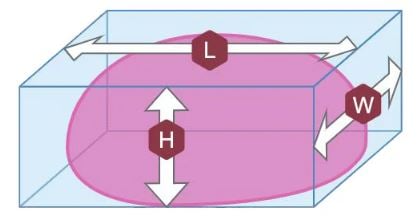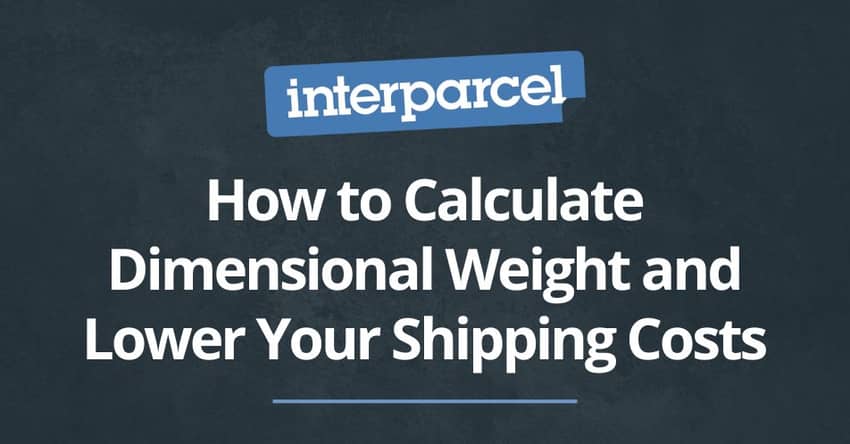When it comes to shipping, there are two key measurements that determine how much you’ll pay: actual weight and dimensional (or volumetric) weight. Understanding the difference between them - and how to pack your parcels efficiently - can lead to big savings. In this guide, we’ll break down how these weights are calculated and how you can reduce your shipping expenses.
Dimensional weight vs actual weight: what's the difference?
Shipping carriers use either actual weight or dimensional weight to work out your delivery charges - whichever is greater.
- Actual weight is straightforward: it’s the physical weight of your package, rounded up to the nearest kilogram. So, if your parcel weighs 6.6kg, the carrier will charge for 7kg.
- Dimensional weight, on the other hand, takes into account the size of the parcel - how much space it occupies in a delivery vehicle or aircraft. This is especially important for large but lightweight packages.
Dimensional weight is calculated using the formula:
(Length × Width × Height) ÷ Divisor
You’ll need to measure your parcel in centimetres and round up each dimension to the nearest whole number. The divisor used can vary between carriers, but it’s typically around 5000 or 6000.
When booking a shipment with Interparcel, you’ll be asked to enter your parcel’s dimensions and weight. Our system automatically calculates the dimensional weight and compares it to the actual weight - ensuring the correct billable weight is used.
How couriers determine billable weight
Most major carriers use advanced automated systems to assess both actual and dimensional weights. These in-line dimensioning systems scan parcels as they move through the network, capturing the largest dimensions on each axis.
That means if your parcel has:
- Bulging flaps,
- Protruding corners,
- Or is irregular in shape...
…it could end up being measured as larger than expected.
Tip: Always use a snug-fitting box. A package that’s too big or loosely packed may be billed at a higher dimensional weight and could increase the risk of damage during transit.
Correct way to measure your parcel
- Length: Measure the longest side of the item or box
- Width: Measure the widest point
- Height: Measure from the base to the tallest point (including pallets or skids, if applicable)
Accurate parcel data ensures the right quote, avoids re-measurement charges, and helps carriers allocate the right vehicles and resources.

Easy ways to save on shipping costs
Being aware of how dimensional weight impacts pricing is key to reducing your shipping spend - especially for eCommerce sellers and regular shippers.
1 - Minimise box size
Use the smallest box that safely fits your item. Avoid overpacking with filler like foam or air cushions unless necessary. The more compact your packaging, the lower your dimensional weight.
2 - Switch to light packaging
For non-fragile goods, swap boxes for polybags or padded mailers. They take up less space and can dramatically reduce costs, especially for international or express services.
3 - Use Smart Boxing tools
If you run an online store, consider adding a live shipping calculator at checkout. Interparcel’s Smart Boxing feature is designed for multi-item orders - it suggests optimal box configurations to minimise the number of parcels and reduce shipping costs.
4 - Get precise dimensions from your supplier
For imports, always ask your shipper to confirm the exact outer dimensions and weight - not just an estimate. Many importers know the product size but not how it’s packaged, leading to surprise fees and recharges from carriers.
Questions about your parcel's billable weight?
Understanding how dimensional and actual weight affect your shipping charges can help you avoid unnecessary fees. If you’re unsure how to measure your parcel or calculate its billable weight, feel free to contact our Customer Support team - we’re here to help.










 Facebook
Facebook Twitter
Twitter Instagram
Instagram Linked In
Linked In YouTube
YouTube